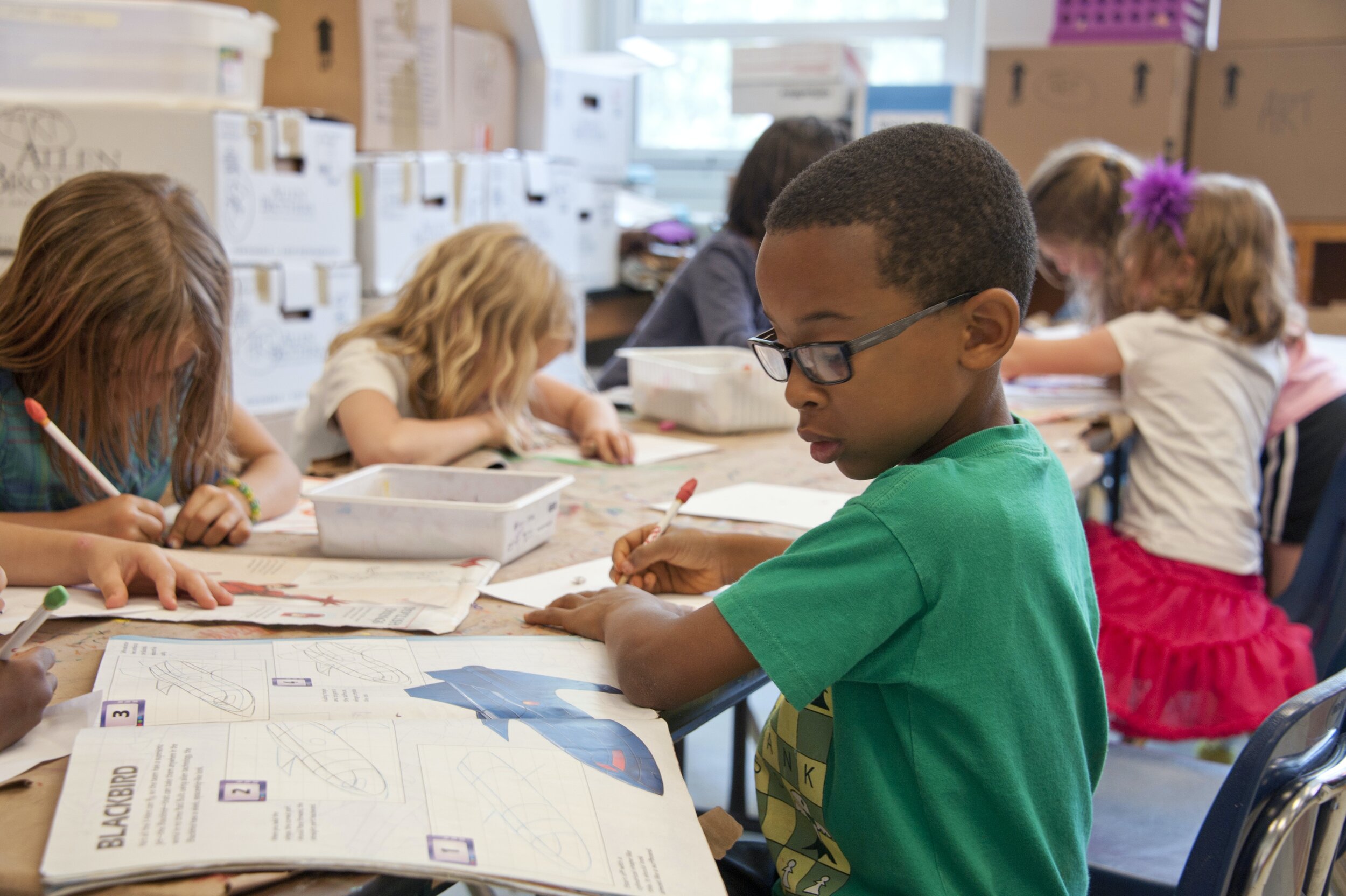The Condition of Education 2020
The Condition of Education 2020
The National Center for Education Statistics (NCES) published its annual Condition of Education in May of 2020. The Condition of Education report has been published annually since 1975 and fulfills a congressional mandate to provide a picture of the current educational climate based on the latest data. This year’s Condition of Education publication has 47 indicators on areas including prekindergarten to postsecondary education, labor force outcomes, and international comparisons to education benchmarks and includes data through 2018. The report is intended to help policymakers, practitioners, data users, and the public monitor educational progress. Click here to view our latest policy brief on the Condition of Education 2020. In case you would rather read a quick summary, here are our key takeaways:
1) 3.6 million children do not have internet access at home.
While the percentage of children with internet access varied by race and ethnicity, it was higher for White and Asian students and lower for Black, Hispanic, Pacific Islander, and American Indian students. In addition, the percentage was also higher for children from higher-income households or who have parents/guardians who attained higher levels of education. In the midst of the COVID-19 pandemic, lack of Internet access is likely to negatively influence student achievement and other educational outcomes for marginalized students and students from low-income households.
2) Missouri’s college graduation rate is lower than the national average.
While 50 percent of Missouri’s recent high school graduates completed a postsecondary degree within six years; nationally, the rate is 62 percent. Public postsecondary institutions in Missouri have remained affordable, many of Missouri’s students are not persisting to graduation. Many are also likely incurring debt without the benefit of a completed degree and, potentially, creating a long-term financial burden.
3) Degree completion pays off at all levels.
The NCES reported the median earnings of 25- to 34-year-olds with a Bachelor’s degree ($54,700) were 51 percent higher than the earnings of workers with some college, but no degree ($36,300). We also see a measurable difference in the median earnings (25 percent) for those who completed high school over those who did not finish high school.
Source: The Condition of Education 2020, NCES
Summary:
Overall, the Condition of Education 2020 provides a good cross-section of where our education system stands today on a national level, but it is also helpful to describe Missouri’s schools, students, and educational landscape in comparison to other states and national trends. The main takeaway for K-12 education is the 3.6 million students without internet access at home and the disparities in access by racial and socioeconomic groups. In the midst of the COVID-19 pandemic, lack of reliable access to the internet may negatively influence student learning and performance and widen the achievement gap. For postsecondary education, degree completion continues to be an area of concern for students nationally and in Missouri, where the six-year graduation rate is below the national average. Students who enter college but fail to complete a degree have a lower earning potential and often incur debt to attend college. We will dive deeper into both Missouri’s K-12 and postsecondary education standing in the upcoming weeks and months.






This week in neighboring Illinois, a bill to ban cell phones from classrooms unanimously passed in the Senate. The bill, advocated for by Illinois’ Governor J.B. Pritzker, now moves to the House. If passed, they would join the more than 40% of states who have laws or policies restricting cell phone use in schools. Missouri has similar legislation in the works, and voters are in support.